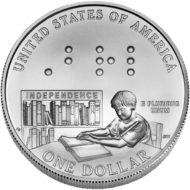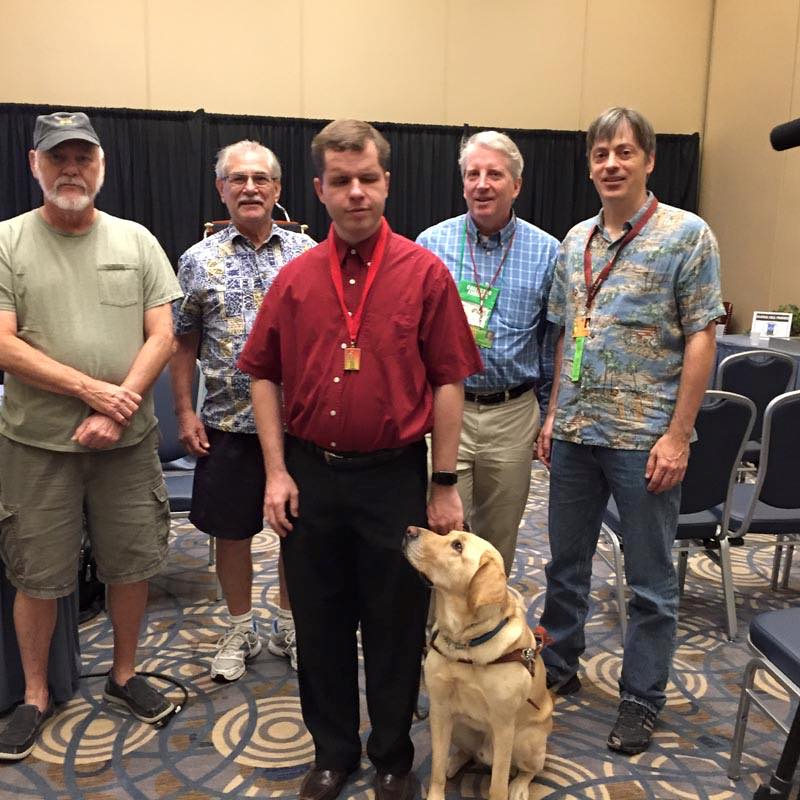Over the last months I had a few conversations with Dr. Howard Berlin, the Numismatourist. I think the story around his book is just as interesting as the book. I am happy to announce, he agreed to an interview on this blog. I thought my readers would be interested in the background story as well. So, for a lack of better interviewer, I had the pleasure to ask him a few questions.
Tom: Why did you think about publishing a book about money museums?
Numismatourist: At the time I was writing a column, “world Destinations,” in Worldwide Coins, then a sister publication of Coin World. I had material for many more museums that I had visited than I could ever put in my columns, so I thought about putting them together into a book – a topic for which there was no book on the market.
Tom: How did you become interested about this topic?
Numismatourist: I have a number of interests and hobbies. In no particular order of preference, three of them are writing, numismatics, and travel. Currently I have been to more than 60 countries. I like to visit museums when I travel, especially archaeology and history museums (i dislike art museums and exhibits).
Tom: Are you a coin collector?
Numismatourist: Currently, no. I had collected coins and banknotes of the British Palestine Mandate and National banknotes with cities having the town of Berlin, or a variation, such as New Berlin. At the time I had over 35 notes from all such banks except two – the late Chet Krause had the only known known note from charter number 400 from New Berlin, Wisconsin. I also had a number 1 serial $5 note from the National Bank of Berlin, New Jersey and a few uncut sheets of $5 notes from the same bank. I had the pleasure of exhibiting my collections locally and nationally. However, because of its value, security of storing it and transporting material for exhibiting became an increasing problem. After almost 30 years of collecting and exhibiting, I decided to sell the collections to various dealers, most of whom had helped me acquire the items, many of which were rarities. Also, my children, all fully grown, had expressed no interest in numismatics.
Tom: Did you collect any other numismatic objects?
Numismatourist: Only the money in my pocket.
Tom: Did you see all the museums in person you wrote about?
Numismatourist: In my book, there are about 100 museums that have complete descriptions and photos. Of these, I had visited over 60. Information for the remainder were supplied by the museums themselves.
Tom: Do you have a favorite museum?
Numismatourist: No. All the museums seem to be unique in their own way so that I find it hard to make comparisons.
Tom: Which objects did you find to be most interesting?
Numismatourist: Because I was an active exhibitor and took great attention to the detail of presenting my material, I considered myself to be an amateur, and perhaps a frustrated curator. For that reason, I am more interested and impressed by the way museum exhibits are presented – their information, how they are mounted, lighting, colors, and auxiliary material or items. – than I am with the actual numismatic specimens. Because of my visiting museums for my book and articles, most of the time was escorted by the museum’s director or curator and often I got to see many things ordinary visitors don’t see. In the Smithsonian for example, not everyone gets to hold two 1933 double eagles at the same time!
Tom: I had a special guided trip at the Smithsonian, but I think I’ll have to ask about those double eagles next time.
Are there museums that you have visited several times?
Numismatourist: Because I frequently visit London, I occasionally stop by the British Museum to see if there are any changes and also when there is a special temporary exhibit. The same is true for the Israel Museum in Jerusalem and several of the museums in Berlin.
Tom: Did you have any challenges when you compiled information about the museums?
Numismatourist: Quite a few museums were very cooperative and gracious in supplying requested information and digital images. Unfortunately, there were quite a few whom I will not name, that never bothered to answer my e-mails or a written letter as a follow up. The major problem I found was finding the name of the right person to contact.
Tom: Your book inspired me to visit some of the museums you listed. Did you receive any similar feedback when your book was the motivation for someone to visit a museum?
Numismatourist: Yes, several people have e-mailed me or stopped me at Ana shows telling me how it helped with their travels here in the U.s. or abroad.
Tom: Are you planning to update your book with more museums?
Numismatourist: I’m thinking about it, collecting information as I travel these days to new places, but I am currently working on two other books (non-numismatic) that are my current priorities.
Tom: Thank you so much for this interview, I enjoyed hearing about how this book came about, I’m sure my readers will find it interesting as well.
If you would like to learn more about the Numismatourist’s recommendations, you can buy his book on Amazon.
Also, on the newman Numismatic Portal, search for “howard Berlin” or “numismatourist” and you will find dozens of articles.
One more interesting thing about Dr. Howard Berlin, which directly relates to this blog and I couldn’t find information about it anywhere else online. He has published an article in the Coin World in June 2010, about tactile features for the blind on currencies around the world.


